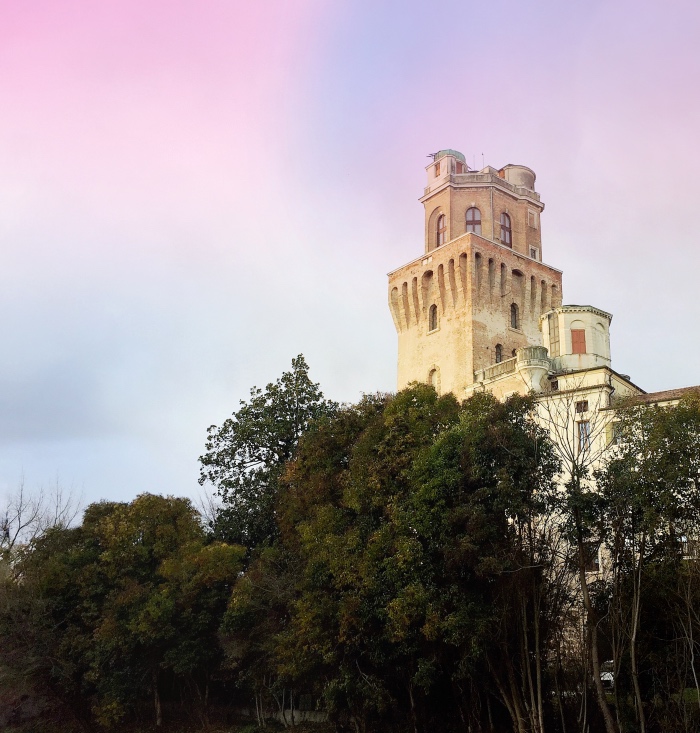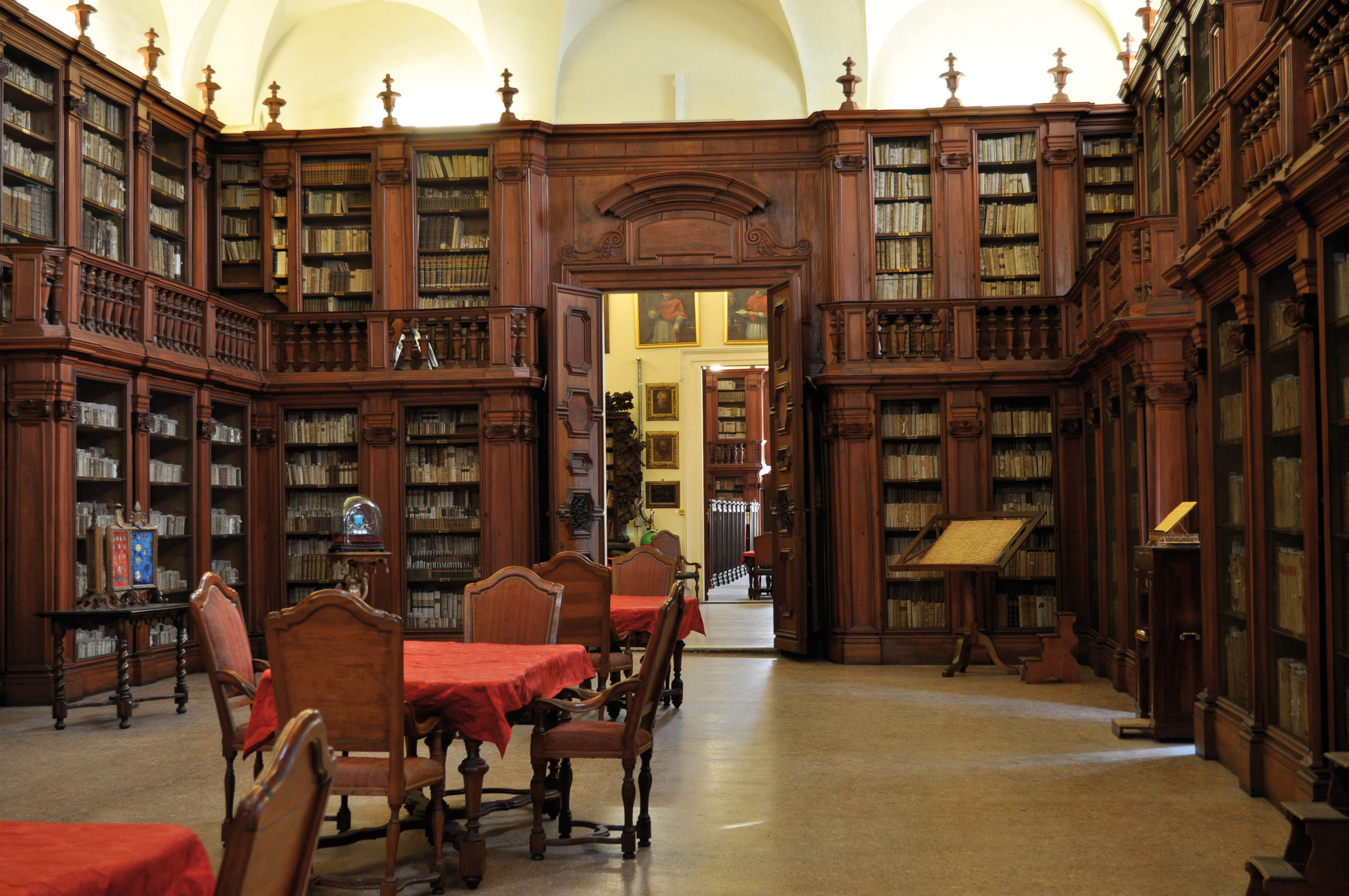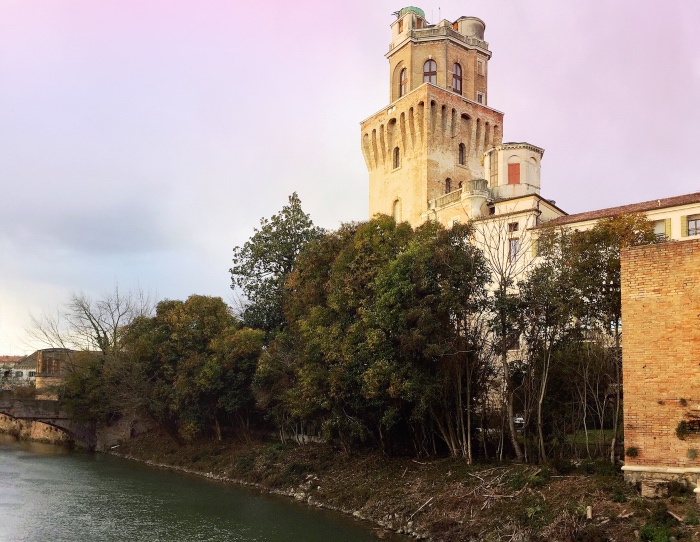
GALILEO IN PADUA: AN ITINERARY TO VISIT THE PLACES OF GALILEO
Galileo in Padua made his most important discoveries, and lived an intense life which I’ve already described in the post I wrote after seeing the exhibition on Galileo.
Galileo left in Padua several traces of his passage, and in this post I’ll describe an itinerary to follow to visit the places of the famous scientist who is considered the father of the scientific method.
Here are the places you can visit.
READ ALSO: What to see in Padua without spending your money.
GIANVINCENZO PINELLI’S HOUSE
This was the first house of Galileo in Padua, from 1592 to 1601.
The owner was Gianvincenzo Pinelli (1535-1601), a friend of Galileo, who hosted the scientist for about ten years.
This is also the place where Galileo prepared his first lesson at the University of Padua.
GALILEO GALILEI’S HOUSE
This is the house where Galileo lived between 1601 and 1610.
Here he discovered the moons of Jupiter and observed the sky from the window and from the garden.
PALAZZO BO
Palazzo Bo has been the historical seat of the University of Padua since 1493.
The palace still houses the Chancellor’s offices and the world’s oldest Anatomical Theatre.
Here Galileo taught from December 7th 1592 to September 7th 1610 and his desk is still here.
For informations: http://www.unipd.it/visite-guidate-palazzo-bo

Teatro anatomico di Padova
LIBRARY OF THE SEMINARY OF PADUA
The first edition of the “Dialogo sui massimi sistemi del mondo” (“The Dialogue Concerning the Two Chief World Systems”) is housed inside the library of the seminary of Padua and contains Galileo Galilei’s original handwritten notes and corrections.
The book, written by Galileo Galilei between 1624 and 1630, is a scientific treatise supporting Copernican theory according to which the Sun, and not the Earth, is the centre of the Universe, and for this reason it was placed on the Index of Forbidden Books by the Catholic Church in 1633.

La Biblioteca del Seminario di Padova
MUSEUM OF MEDICINE-MUSME
Galileo in Padua could make amazing discoveries and improve scientific instruments which would be used for different disciplines.
As in the case for the microscope which derives from the improvement of the telescope, but through the use of different lenses to examine the smallest creatures and elements.
The Museum of Medicine- MUSME, inaugurated in 2015, illustrates this and other aspects of the influence Galileo Galilei had over medical progress of his time.
For informations: http://www.musme.it
MUSEUM LA SPECOLA- ASTRONOMICAL OBSERVATORY OF PADUA
The tower of the Specola is considered the tower of Galileo, that is the place from which the scientist would observe the sky and foresee his amazing astronomical discoveries.
Actually, the astronomical Observatory wasn’t attended by Galileo, because it was used as an astronomical observatory only starting from 1767.
The Observatory is still today a research organisation, and in 1994 opened its most ancient part, the tower itself, transforming it into an astronomical museum and putting on display ancient instruments.
For informations: www.beniculturali.inaf.it/musei/padova

Osservatorio astronomico di Padova
READ ALSO: The Museum of PRECINEMA in Padua.


Thank you !
The german poet Goethe visited 1786 the places 1786:
“With all its dignity, the University gave me the horrors as a building. I am glad that I had nothing to learn in it. One cannot imagine such a narrow compass for a school, even though, as the student of a German university, one may have suffered a great deal on the benches of the auditorium. The anatomical theatre is a perfect model of the art of pressing students together. The audience are piled one above another in a tall, pointed funnel. They look down upon the narrow space where the table stands; and, as no daylight falls upon it, the professor must demonstrate by lamplight. The botanic garden is much more pretty and cheerful. Several plants can remain in the ground during the winter…”
Thank you,
I did not know this document.
It is wonderful to know Goethe’s point of view of what he saw in Padua 🙂
sono Emilio Salvo’, Classe 1937, di Albignasego Padova . ho letto la storia di GALILEO che io non la ho mai studiata , ieri sera ho visto per la televisione un programma di Galileo ,molto bello e’ interessante , posso dire che GALILEO e stato grande grande grande , GRAZIE A GALILEO TUTTO QUELLO CHE C’E NON CI SAREBE SENSSA DI LUI GRAZIE ANCORA GALILEO…EMILIO..
Galileo è stato un grande uomo e studioso. Un visionario!
Buongiorno. Sono professore di Fisica Sperimentale all’Universita’ di Padova e ho appena pubblicato due libri su Galileo.
Il primo si intitola “Discorsi e dimostrazioni matematiche di Galileo Galilei per il lettore moderno” (Codice edizioni), ed e’ una “traduzione” della famosa opera di Galileo in linguaggio moderno (l’originale e’ in um misto di italiano e latino antico, e geometria eiclidea).
Il secondo si intitola “I diciotto anni migliori della mia vita” (Castelvecchi), ed e’ una biografia romanzata dei 18 anni trascorsi a Padova, con ami cenni sulla storia della Serenissima e dell’Universita’.
Entrambi si giovano di riproduzioni di schizzi autografi di Galileo (astronomici e non solo) restaurati per l’occasione in collaborazione con la Biblioteca Nazionale di Firenze che custodisce gli originali.
Interessantissimo. Grazie 🙂